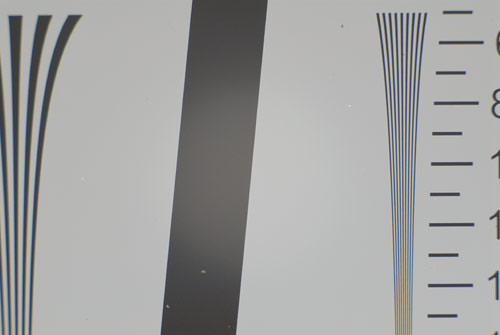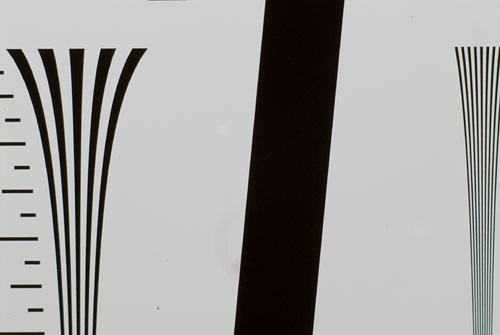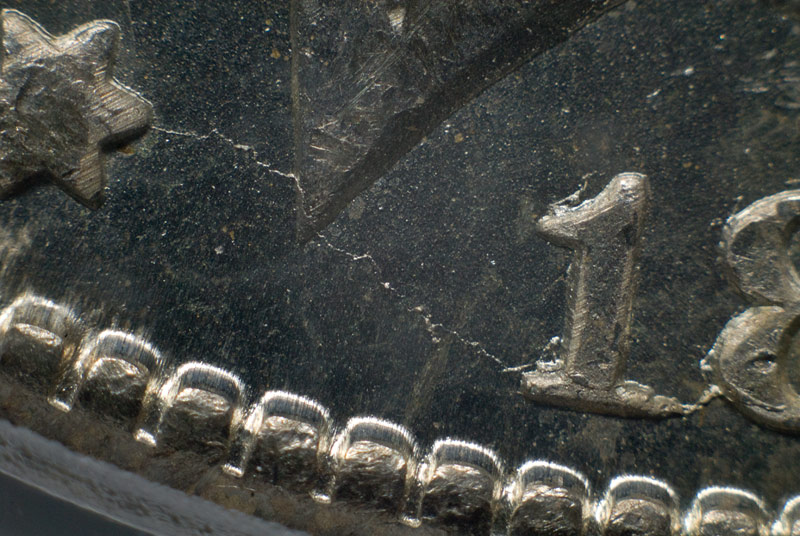With bellows employing all sorts of lenses and adapters I've really seen some egregious examples of images ruined by flare with DSLR's. (It 's always been an issue but it needs more attention with digital). So I've become rather obsessive about addressing this issue with my set-ups.
Used on a bellows, many of these lenses project an image that is much larger than needed and this reflects off of any shiny or flat, smooth surface that may be present.
One microscope objective I tried had a bright chrome ring visible from the back at the base of the screw thread. On a microscope nosepiece this is "covered" when mounted. But on one of my bellows adapters it was visible from inside the bellows. Images were a flare disaster. As soon as I blacked out that "ring" the images were fine. (In this case the only light that could possibly hit that ring was light that had been reflected back to it by the sensor/anti-aliasing filter!)
There are several things that can be done to battle flare. Painting certain surfaces with a good flat black paint can help. (I've always used Krylon Ultra Flat Black #1602. But recently all I see in the stores are "Flat Black #51602". I haven't tried that yet, but I sure hope they have not changed the product itself!)
A simple but extremely effective technique is to insert a "flare cut" diaphragm inside the bellows. (Often seems most effective if positioned toward the front, at the point where the bellows material begins). After taking some measurements I'll print patterns onto a thin, stiff, (solid) black paper. The patterns look something like this:

(The rectangular shape would only be used in locations where it would follow the camera's vertical/horizontal orientation... like inside a T-mount)
Be sure to cut the inside aperture with a razor or circle cutter... you want a nice clean sharp edge.
Another hugely effective method is to use a black "flocked" material on problematic interior surfaces. (Something like the material you'll see in certain Canon lenses). The best I have found is here:
http://www.fpi-protostar.com/flock.htm
(One caveat... I was initially hesitant to use such a material in a bellows with digital cameras. I was concerned that if it "shed" fibers they might reach the sensor and necessitate frequent cleaning. This material doesn't appear to "shed". But when it is cut some fibers are released. I try to thoroughly "blow out" any surface treated with this material before using a camera. I've not experienced any problems, but mention this concern because I know some are extremely cautious about such matters).
And last, if the working distance and set-up allow, rigging some type of lens shade can help.
Charlie





